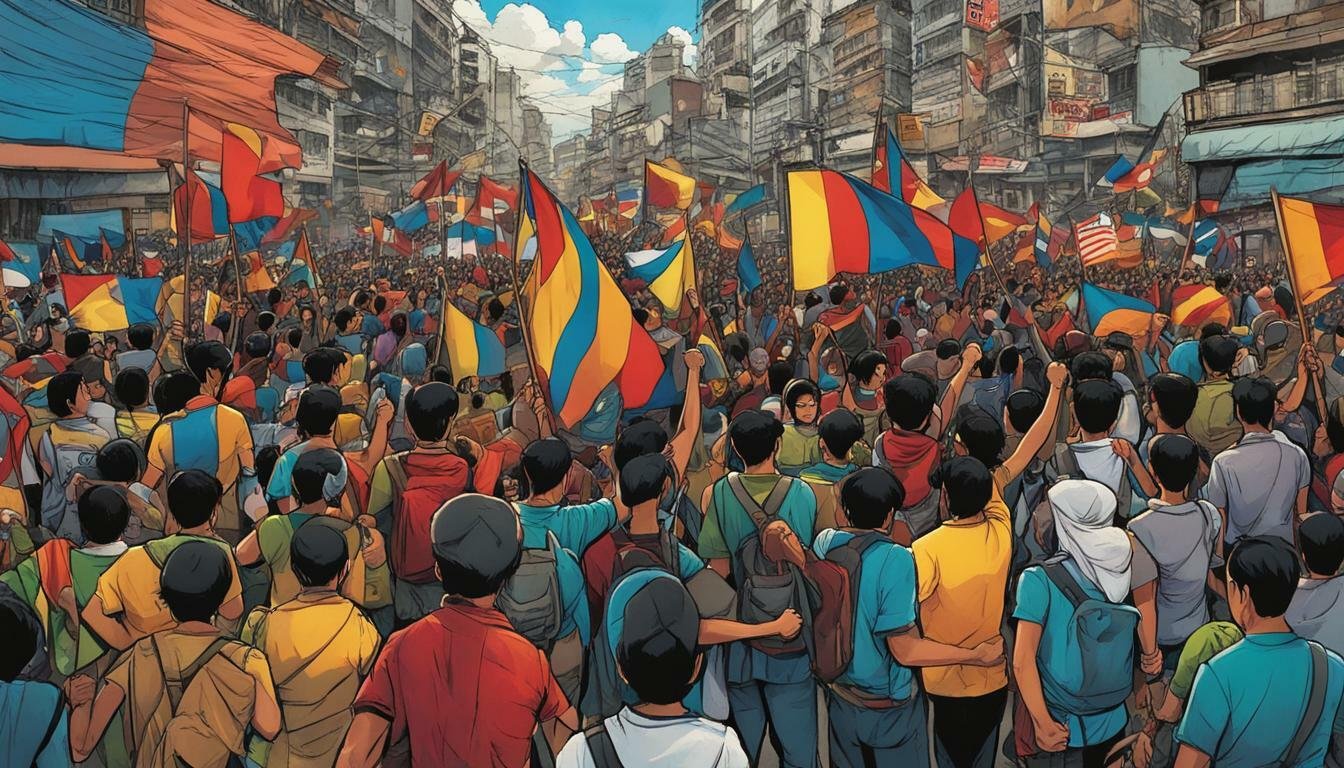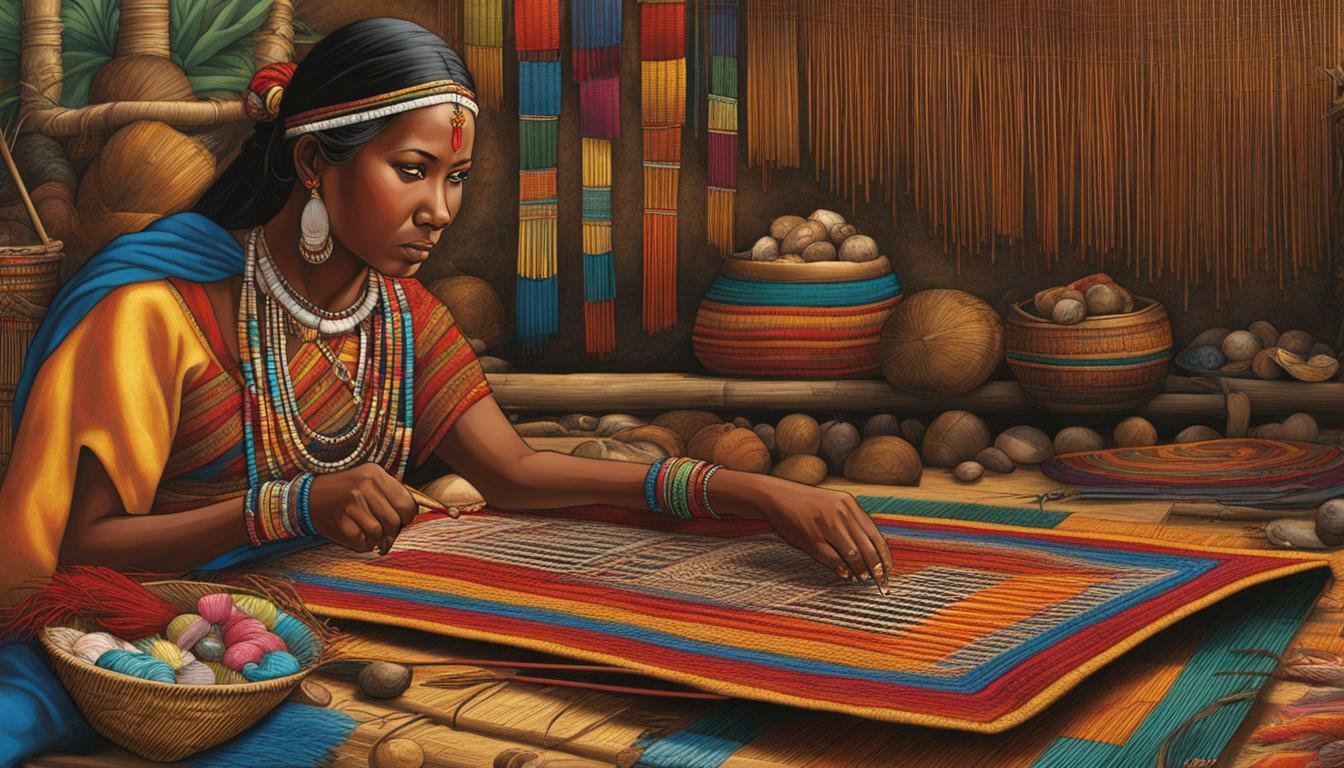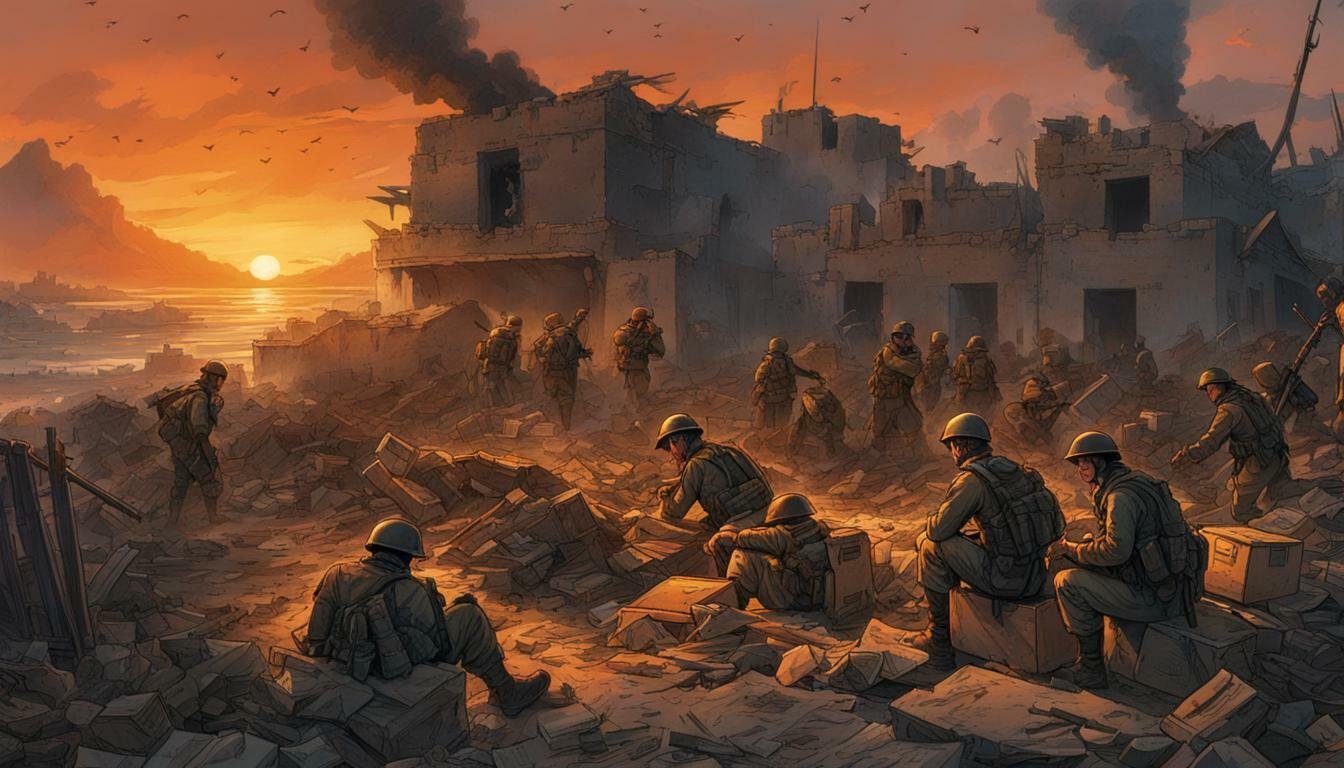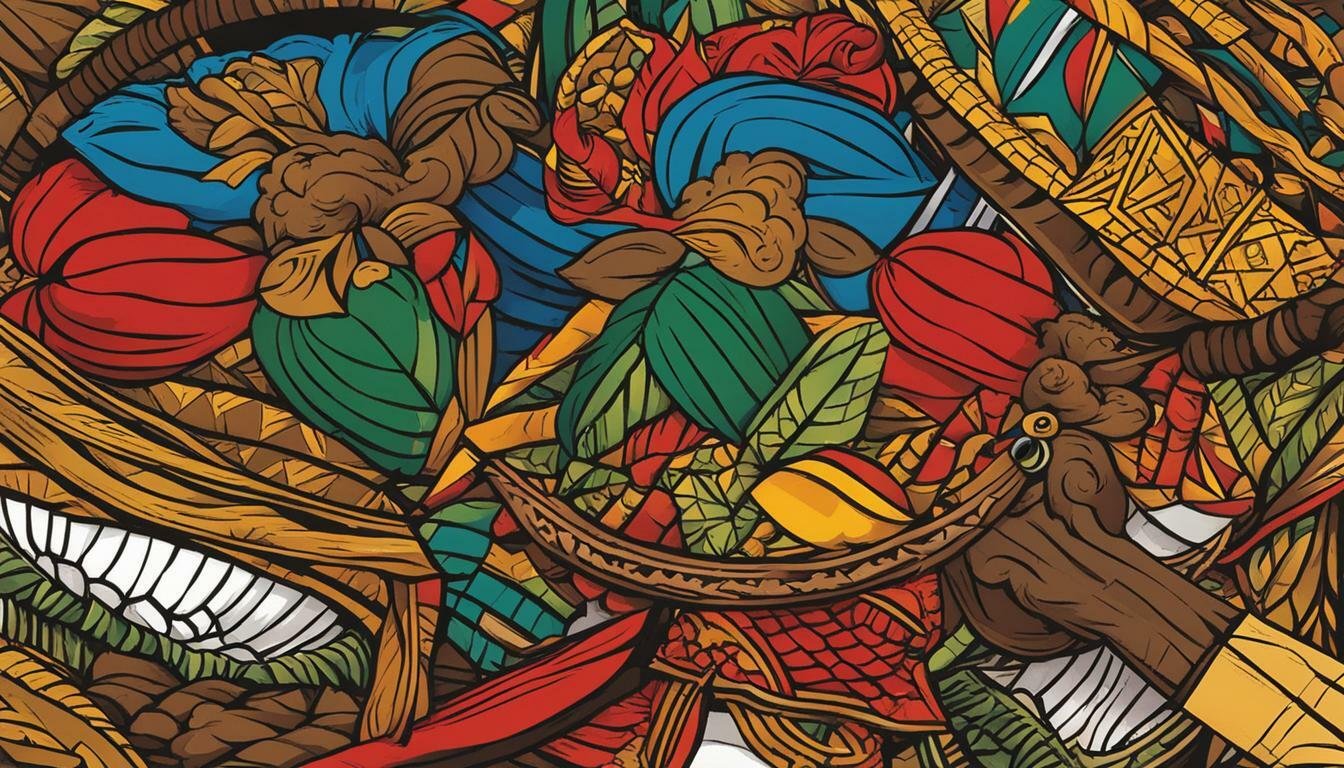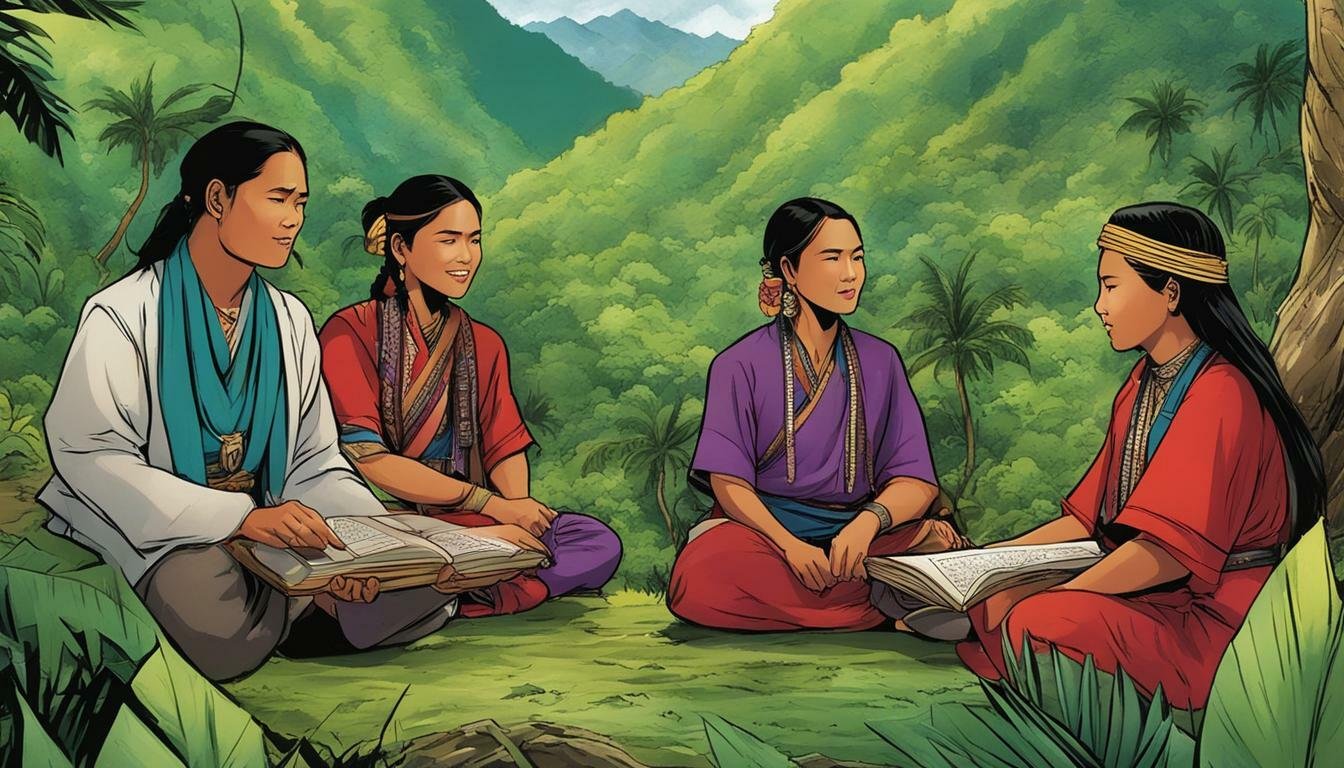The Philippines’ People Power Revolution, also globally known as the EDSA Revolution, stands as a pivotal moment in modern Philippine History. This monumental uprising, which primarily unfolded over four historic days in February 1986, saw millions of Filipinos take to the streets in a remarkable display of unity and defiance. It was a largely Nonviolent…
Mandaya Tribe of the Philippines
The Philippines is an archipelago nation renowned for its rich tapestry of cultures, a vibrant mosaic woven from centuries of migration, trade, and interaction. Among the many indigenous groups that contribute to this diversity are the Mandaya people, primarily residing in the provinces of Davao Oriental and Davao de Oro in the southeastern part of…
Uncovering the Historic Truth: The Siege of Baler
The twilight of the 19th century marked a period of seismic change in the Philippines. After over three centuries of Spanish colonial rule, the simmering embers of Filipino nationalism ignited into the full-blown Philippine Revolution. As this struggle for Philippine independence raged, a new global power, the United States, entered the scene, leading to the…
Palaw’an Language of the Philippines
The Palaw’an Language of the Philippines stands as a vital linguistic and cultural treasure, spoken by the Palaw’an people, one of the numerous indigenous groups residing in the captivating island province of Palawan province. Beyond being merely a means of communication, the Palaw’an language is a living testament to centuries of history, adaptation, and cultural…
Maranao Language of the Philippines
The Maranao Language, also known by its speakers as Meranaw, stands as a vibrant testament to the rich cultural tapestry and enduring spirit of the Maranao people of the southern Philippines. Centered predominantly around the picturesque Lake Lanao in Mindanao, this Austronesian language is far more than a mere tool for communication; it is intricately…
Exploring Ruy López de Villalobos: Spanish Explorer Extraordinaire
The vast expanse of the Pacific Ocean held both immense promise and perilous mystery for the European powers of the 16th century. Following Christopher Columbus’s voyages and Ferdinand Magellan’s circumnavigation, Spain, driven by the thirst for wealth, territorial expansion, and the spread of Christianity, turned its gaze westward across the formidable “Great South Sea.” While…
Manobo Language of the Philippines
The islands of the Philippines are a tapestry of cultures, histories, and, perhaps most strikingly, languages. Among the thousands of islands and the diverse peoples who inhabit them, the Manobo people of Mindanao stand out as custodians of a rich cultural heritage deeply intertwined with their linguistic identity. Central to this heritage is the Manobo…
Revealing the Life of Explorer Álvaro de Saavedra Cerón
The Age of Discovery was a transformative era in human history, driven by European powers’ insatiable desire for new trade routes, resources, and knowledge of the world. Among the many brave, and often ill-fated, figures who ventured into the unknown, Álvaro de Saavedra Cerón holds a significant, albeit sometimes overlooked, place. Commissioned by the formidable…
Lumad Language of the Philippines
The linguistic tapestry of the Philippines is renowned for its complexity and diversity, a reflection of the archipelago’s unique history, geography, and the multitude of ethnolinguistic groups that call it home. Among the most distinct and historically significant linguistic groups are the Lumad languages, spoken by the indigenous peoples of Mindanao, the large southern island…
Maguindanao Language of the Philippines
The story of the Maguindanao Language is deeply intertwined with the vibrant and complex tapestry of Philippine History. Spoken primarily by the Maguindanao people in the region of Mindanao, particularly in the province of Cotabato, this language is far more than just a means of communication; it is a repository of cultural identity, historical narratives,…

